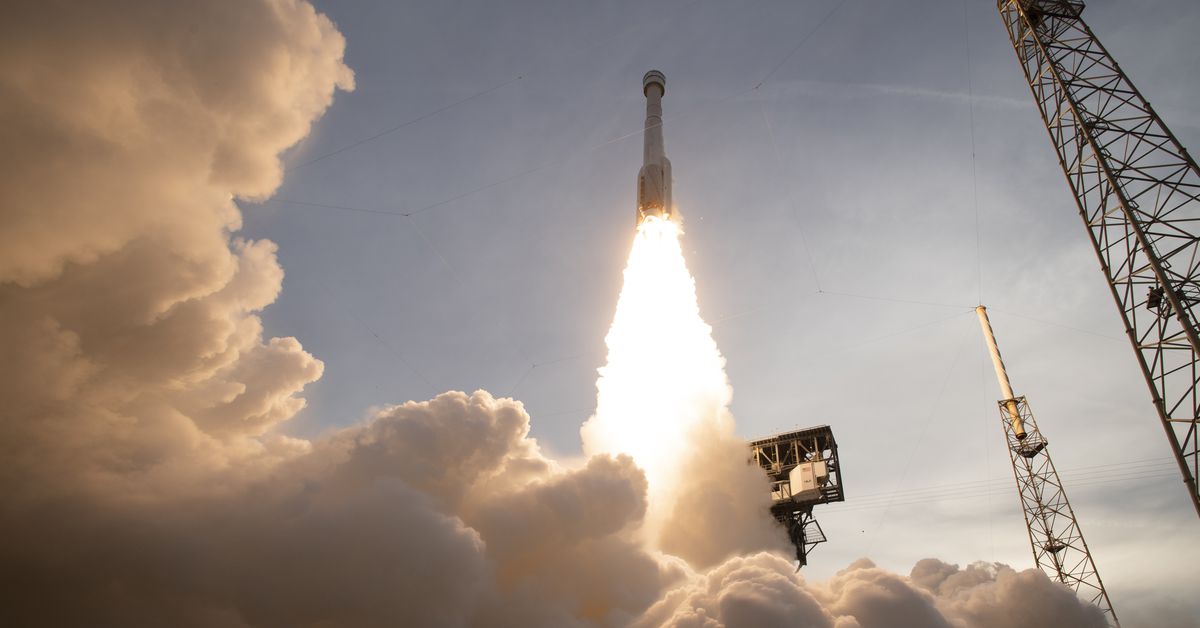[ad_1]
Two weeks ago, India, the world’s second-largest producer of wheat by volume, announced export restrictions on the commodity. India’s wheat farmers are facing an estimated loss of 15 to 20 percent of their crop due to a devastating heat wave, and the government cited concerns about domestic food security in explaining the move.
While India’s wheat only represents a small percentage of global wheat exports and the government announced that it still plans to export to countries in need, the restrictions are only the latest in a distressing global trend that, if it continues, will add to already-rising levels of global hunger.
Before the war in Ukraine, food prices were already at some of their highest historical levels due to high fuel and energy prices, droughts, and the lingering effects of the Covid-19 pandemic. Russia’s invasion exacerbated them, pushing prices to record highs in March. People in countries with high levels of food insecurity are at greater risk of hunger as bread becomes more expensive and scarce.
The problem isn’t production. Even with the war in Ukraine — one of the world’s leading wheat producers — there’s actually enough wheat to feed everyone in the world. The USDA projects that 2022/2023 production will be down 0.6 percent from 2021/2022 — not good, but not catastrophic in itself. Major producers beyond Ukraine, including India, Argentina, Australia, and Canada, can actually make up for most of the wheat lost or restricted by Russia’s war. The problem is that it is getting more expensive than ever to move the wheat to where it needs to be, and that problem may only get worse.
India is only the latest country in recent weeks to restrict exports. Countries like Serbia, Kazakhstan, Kosovo, and Egypt have restricted wheat exports this year, and other countries have restricted exports from sugar to vegetable oil to maize. While India’s wheat restrictions alone should have limited effect on global food prices, they could push even more countries to follow suit. And that would be disastrous, potentially tipping a volatile global food situation into a crisis.
Here’s why experts think that, and why the world’s governments need to act differently to forestall a humanitarian catastrophe.
The Ukraine war, energy, and the global food crisis
Food prices are at near-record highs and have been rising almost continuously for the last two years. The war in Ukraine has made the situation worse, as Russia and Ukraine produce large percentages of the world’s wheat, sunflower oil, and other vital food commodities. A rise in fuel prices is also a major contributor to the rise in food prices, as food now costs more to store, process, and transport.
Rising food prices are adding to hunger crises in countries with already-high levels of food insecurity and drought, such as Ethiopia, Kenya, and Somalia. They are also disproportionately affecting people in Middle Eastern countries such as Egypt, Lebanon, and Yemen, which rely on Russia and Ukraine for most of their wheat. The number of food-insecure people in the world has risen from an estimated 768 million in 2020 to 869 million in May 2022.
Many countries outside of the Black Sea region export wheat, and about 30 percent of the world’s wheat is in storage, so there’s enough wheat to feed everyone in the world. But if wheat producers continue to put export restrictions in place, experts warn that prices will continue to rise to unmanageable levels and more people will go hungry.
What do export restrictions mean for global hunger?
On May 13, India announced export restrictions on wheat, but noted that it would honor pre-ban commitments and still accept requests from governments dealing with food insecurity. In the wake of the announcement, there was an immediate price spike (although that has since abated somewhat in the past week).
The worry about India’s move is that it could contribute to the world’s looming food crisis. But the biggest problem isn’t necessarily the direct long-term effects of a ban on global prices — that could, in fact, be negligible. While India is a major global wheat producer, most of the wheat it produces is consumed locally; India accounted for less than 1 percent of global wheat exports in 2020.
Rather, experts worry about the example it sets for other producers. Historically, when countries, particularly large global players, institute export bans, other countries follow suit. This leads to higher global prices due to decreased supply, which generate panic about shortages, which then sparks a vicious cycle of price-raising and more widespread hunger as food-insecure countries struggle to afford food for their populations.
In a previous global food crisis in 2007-’08, which drought and fuel prices also contributed to, insulating trade policy changes are estimated to have led to almost half of the global rice price increase and about a third of the global wheat price increase.
In our current crisis, export restrictions rose at the beginning of Covid-19, kicking off a period of price spikes, and have been on the rise again this year in the wake of Russia’s invasion of Ukraine. It’s estimated that pre-India trade restrictions contributed to about one-sixth, or 7 percentage points, of the global wheat price rise. For people living in poverty, an increase of that size can be catastrophic.
:no_upscale()/cdn.vox-cdn.com/uploads/chorus_asset/file/23588119/GettyImages_1240745459.jpg)
In March, Chris Barrett, a professor at Cornell who researches food security, told me about economist Kym Anderson’s comparison of export bans to people standing up during a sports match at a stadium. At first, the people standing can see better, but then everyone follows suit and no one ends up benefiting.
“In the end, nobody’s getting a better experience of the match,” Barrett said, “but there’s a lot of unnecessary conflict and unnecessary expenditure of energy to deliver an inferior result, and that’s where we wind up with export bans. Export bans don’t accomplish much, if anything, and nothing lasting for countries that implement them, but they cause real problems for others.”
The potential implications of India’s export restrictions
Economists are critical of India’s restrictions (its exceptions notwithstanding), and think that the negative impacts for both global markets and domestic producers could be similar to what we’ve seen in the past, even if it’s not directly through the loss of Indian wheat.
Communication and perception end up being a big part of the story. If people think there’s scarcity, it can become a self-fulfilling prophecy; if countries say they’ll do one thing and instead do another, it also may lead to panic. Indian Prime Minister Narendra Modi had announced in April, “We already have enough food for our people but our farmers seem to have made arrangements to feed the world,” offering to fill in some of the export gaps left by the war in Ukraine.
“The exuberance about the ability to feed the world was not realistic,” Siraj Hussain, an expert on agriculture and rural economy at Arcus Policy Research, told me over email.
While export bans are purportedly put in place to help people domestically, there’s little evidence they have this effect. In the case of India, export bans historically have ended up hurting farmer incomes by creating an unpredictable market environment and cutting off their access to markets that will give them higher prices. Those bans may help domestic consumers for a while — at least until everyone starts standing up in the stadium — but they end up hurting domestic farmers. Given that over 40 percent of people in India are employed in agriculture, that’s a lot of people who could get hurt.
Export restrictions are easy to implement because they don’t cost money, and it “sends a strong policy message of, ‘we protect you and keep the food at home,’” said David Laborde, a researcher at the International Food Policy Research Institute (IFPRI) who runs their Food and Fertilizer Export Restrictions Tracker. But “the reality is keeping food at home doesn’t mean it ends in the plate of the people who need it.”
:no_upscale()/cdn.vox-cdn.com/uploads/chorus_asset/file/23588075/GettyImages_1240742540.jpg)
To protect farmers and others at risk of hunger at a volatile time, governments can instead increase social protection such as cash transfers or school feeding programs, or raise the minimum support price for farmers. (India is providing social protection by continuing a food subsidy program reaching about 800 million people that was effective at fighting poverty during Covid-19.)
The stringency of India’s restrictions will determine how much they ultimately affect global food prices. India has already announced that it will allow exports registered before May 13, and that it will continue to trade with food-insecure countries, particularly in the region. If India in practice ends up exporting basically what it would have anyway, then the export restrictions themselves shouldn’t have too many long-term price implications for the world. “For me the India ban is much more a communication problem and bad example than something that will traumatize markets,” Laborde said.
Laborde noted that Argentina, another major global wheat supplier, would be the next to watch given its history of export restrictions. Negative knock-on effects extend not only to global producers, but also to regional producers who might be inspired to ban exports. Tanzania and Uganda, for example, aren’t big players in the global wheat market, but to a country like South Sudan already suffering from high food insecurity and conflict, a ban from those two countries could be devastating.
There also may be negative longer-term effects of export restrictions for countries that implement them. The restrictions hit the credibility “of India as a reliable supplier of anything in global markets,” wrote agriculture researchers Ashok Gulati and Sanchit Gupta in the Indian Express.
The World Trade Organization (WTO) doesn’t have disciplinary measures against export bans, Barrett said, because in 1994, when the protocols were written, it was more worried about import bans. Changes to international trade policy may be possible as early as June, when the WTO’s postponed 12th Ministerial Conference is set to take place.
In the meantime, however, a food crisis looms. One big thing countries can do to prevent it is resist the temptation to restrict food exports amid the global economy’s gyrations.
[ad_2]
Source link












